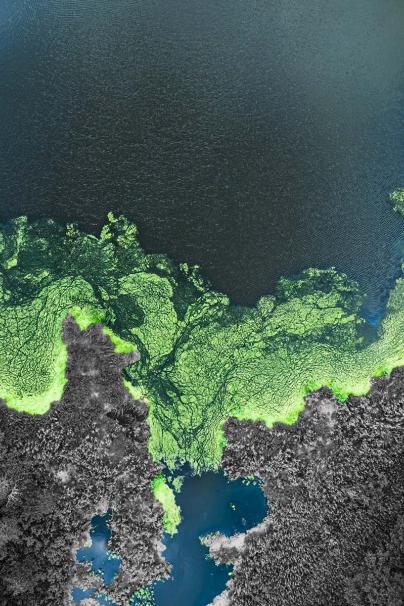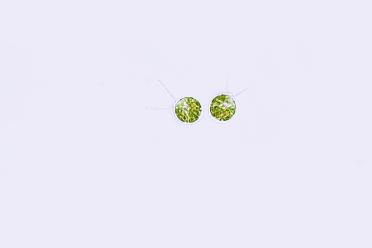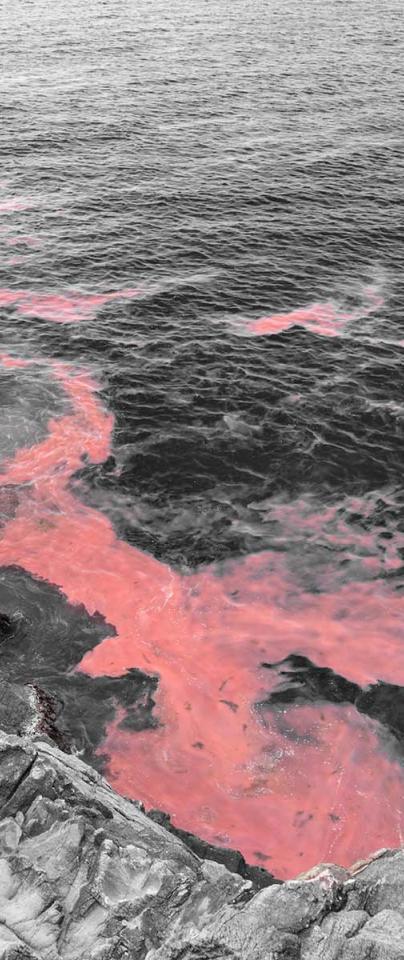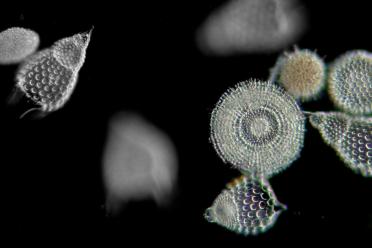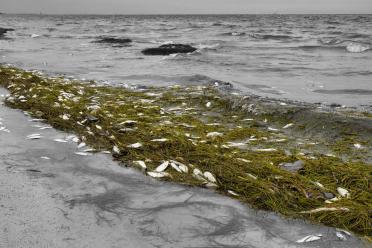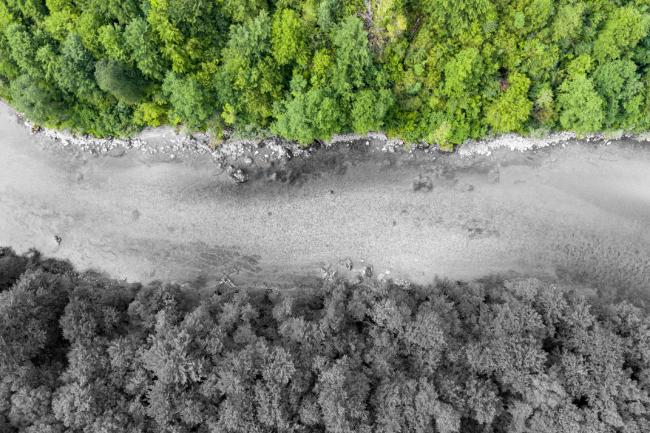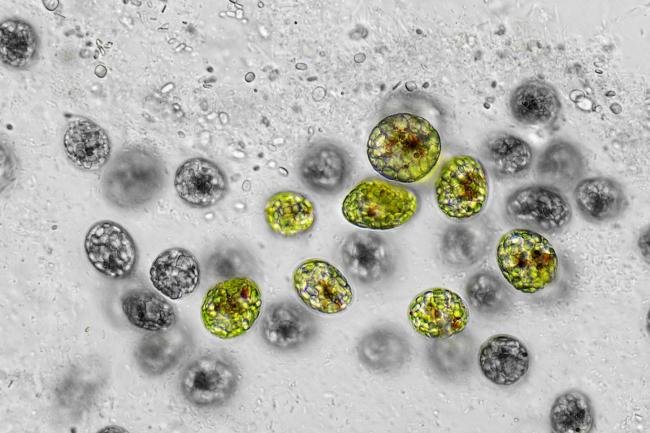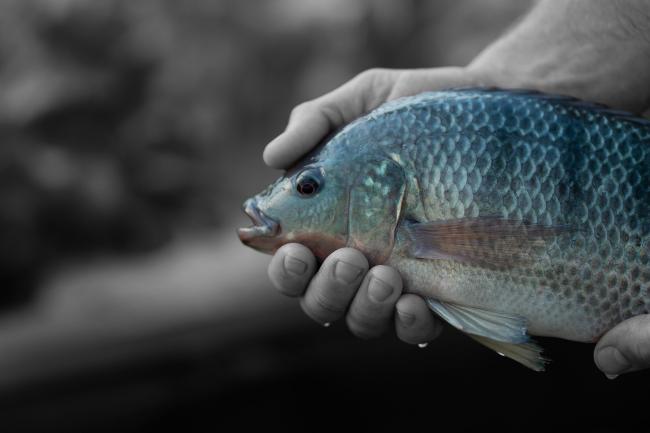For the sake of simplicity, let’s say algae are eukaryotes and leave the blue green bacteria to their equally fascinating but very much different photosynthesis. Maybe we’ll stick to chlorophyll, or derivatives thereof. Then again, many algae don’t harvest sunlight anymore. At the very least, let’s look at single celled organisms with a nucleus. Except when they’re seaweed.
Clearly, we need better definitions for our incredibly diverse web of life.
This biodiversity keeps both the ocean churning nutrients and scientists turning sleeplessly in their quest to categorise it. Ask the Earlham Institute’s Sally Warring how many species of algae are in the average garden pond and she’ll quite rightly ask you to hazard a guess. It’ll be as good as ours.
One person getting to the bottom of this tricky issue (or perhaps just about scratching the surface for the first time) is Jamie McGowan, a postdoc here at Earlham. He’s working to isolate single algae cells from environmental samples and somehow place them on the tree of life, as part of the Darwin Tree of Life Project.
He’s got quite a task on his hands. While many algae have something moderately recognisable about their shape or form - a glass cell wall perhaps indicating a diatom - some are, in McGowan’s words, simply “dark green blobs”.
Often those blobs will only survive in their very specific habitat, along with very specific bacteria or communities of other cells. That means we cannot grow them in a lab to make more of them. By the time you’ve gone to the lengths of isolating them from a sample, they might well have died and the only DNA you can extract is from the bacteria feasting upon them.
However, we’re getting there - inventing procedures in the process - with some fascinating results that will help us understand more about the evolution of all eukaryotic life. In one cell, McGowan reports to have sequenced the DNA of several completely novel viruses - never before described.
